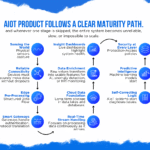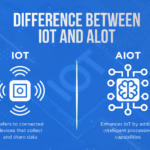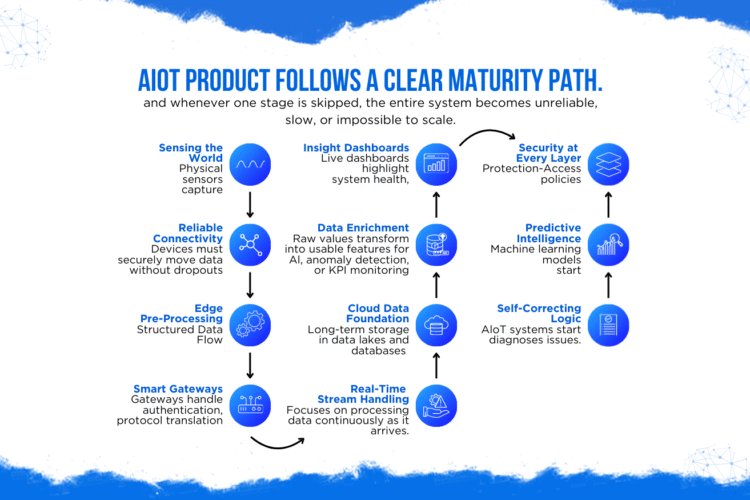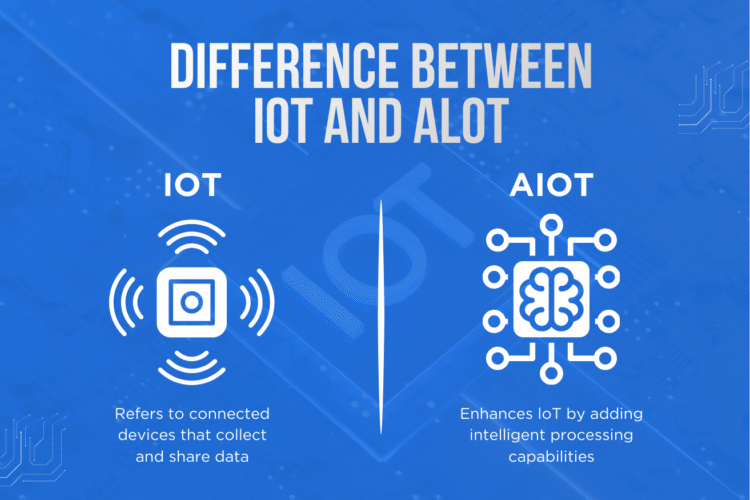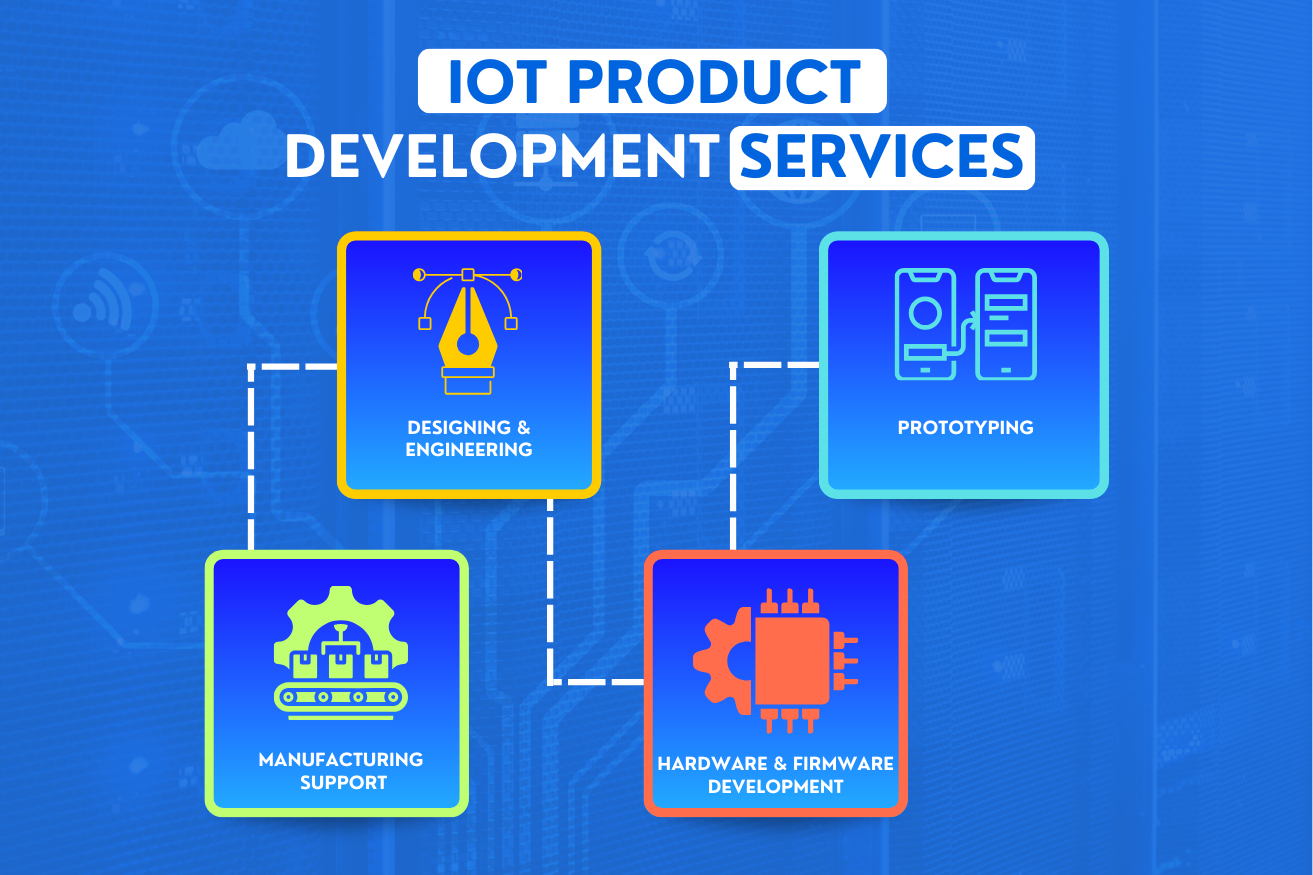
Introduction: The Harsh Reality of IoT Projects
The Internet of Things (IoT) has transformed industries — from healthcare and agriculture to logistics and smart homes. Yet, statistics show that over 70% of IoT projects never make it past the prototype stage.
Why? Most companies underestimate the complexity of IoT development and skip critical steps in the lifecycle. At MetaDesk Global, we’ve seen this pattern repeatedly, which is why we’ve built an end-to-end development process that ensures every project moves from concept to scalable product.
The Common Pitfalls in IoT Development
- Skipping User Validation: Many teams rush into hardware design without validating whether the product actually solves a user’s problem. This leads to wasted time and resources on features no one needs.
- Poor Component Selection: Choosing the wrong sensors, MCUs, or radios often results in power-hungry devices that are impossible to scale.
- Ignoring Firmware & Security Early On: Firmware is the nervous system of IoT — yet it’s often treated as an afterthought. Without robust code and secure OTA updates, devices fail in the field.
- No Path to Certification or Manufacturing: A prototype is not a product. Companies that don’t plan for compliance (FCC, CE, HIPAA, etc.) and Design for Manufacturing (DFM) find themselves stuck at the pilot stage.
The MetaDesk Global IoT Lifecycle Approach
Unlike many firms, MetaDesk Global covers the full IoT lifecycle. Here’s how we do it:
- 1. Define & Validate: Understand the use case, sketch UX flows, and gather user feedback before hardware investment.
- 2. Select Components: Choose sensors, MCUs, radios, and power systems that balance cost, size, and energy efficiency.
- 3. Rapid Prototype: Build a quick proof-of-concept using ESP32, Raspberry Pi, or STM32 before moving to custom PCB.
- 4. Develop Firmware: Implement sensor drivers, wireless communication, power management, OTA pipelines, and debugging hooks.
- 5. PCB & Enclosure Design: Create custom PCB layouts optimized for manufacturability and design enclosures for durability and mass production.
- 6. Mobile & Cloud Integration: Enable BLE, Wi-Fi, or cellular connectivity, integrate with AWS/Azure/Mosquitto, and design dashboards and apps.
- 7. Data Processing & Edge Intelligence: Process and visualize data, and deploy AI/ML at the edge for real-time decisions.
- 8. Security at Every Layer: Ensure end-to-end encryption, secure key management, and OTA firmware security.
- 9. Certification & Compliance: Prepare for FCC, CE, HIPAA, and industry-specific compliance testing before mass production.
- 10. Manufacturing & Scale: Apply DFM/DFT for cost-effective assembly, run controlled pilots, and ensure OTA maintenance and support.
Case Study: From Idea to Market
At MetaDesk Global, we’ve helped startups and enterprises alike take products from idea → MVP → certified product → scaled rollout.
For example, in healthcare wearables, we delivered:
- Custom PCBs with biosensors
- Firmware + mobile app integration
- Cloud dashboards for clinicians
- Injection-molded enclosures
- Regulatory compliance guidance
The result? A market-ready device that avoided the pitfalls most IoT projects face.
Conclusion: Building IoT That Lasts
IoT success isn’t about skipping ahead to flashy demos — it’s about methodical execution across the entire lifecycle.
At MetaDesk Global, we ensure that every step is covered: from firmware and PCB design to apps, cloud integration, security, and manufacturing. That’s why our IoT projects don’t just launch — they scale.

